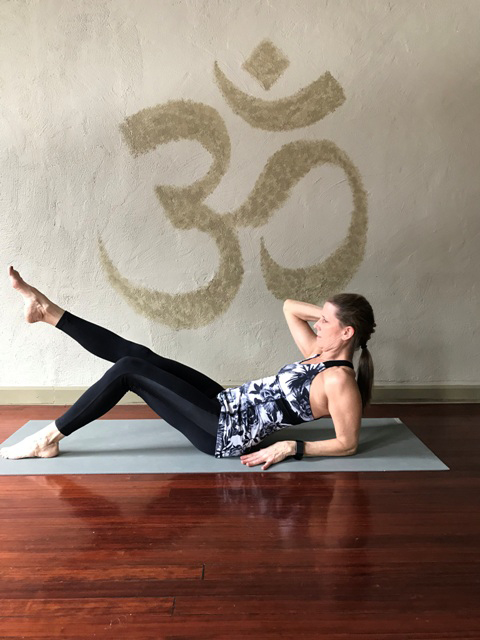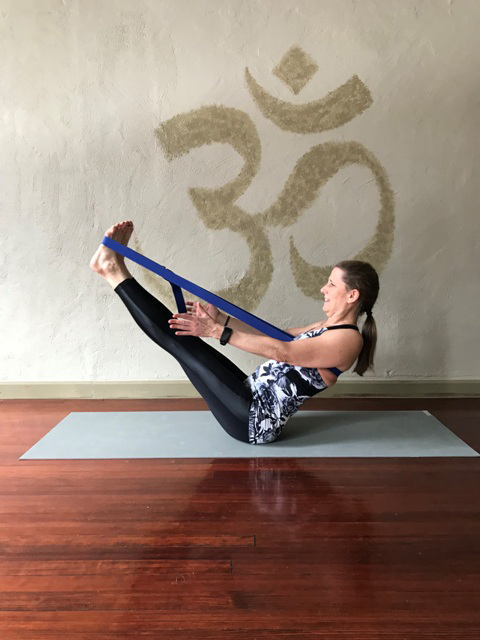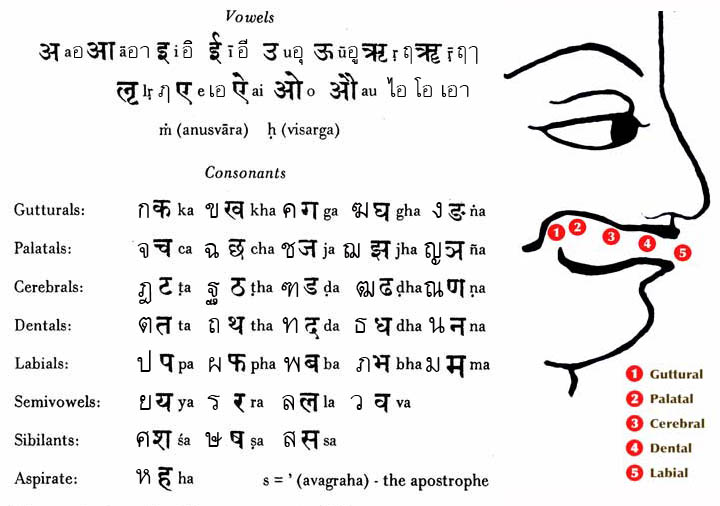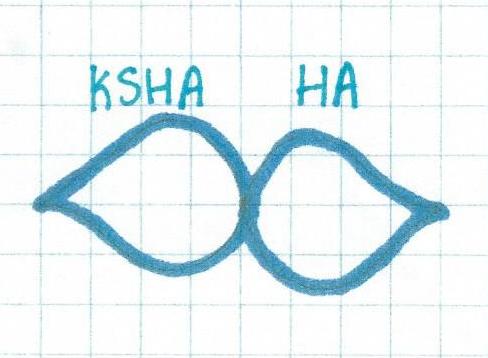In A New Earth, Ekhart Tolle describes how a flower could be said to be the enlightened stage of growth for a plant. That the stage of flowering in a plant’s life cycle implies a discontinuity of development, a leap to an entirely new state of being and, most important, a lessening of materiality. He suggests that flowers play an essential part in the evolution of human consciousness. Seeing beauty in a flower could awaken humans, however briefly to the beauty that is an essential part of their own innermost being, their true nature.
The Buddha is said to have given a silent sermon once where he held up a flower and gazed at it. After a while, one of those present, a monk called Mahakasyapa, began to smile. He is said to be the only one who understood the sermon. According to legend, that smile (realization) was handed down to 28 successive masters and much later became the origin of Zen.
Tolle also describes how the transformation of a rock to a crystal and the evolutionary process that enabled some reptiles to grow feathers and take flight as stages of enlightenment. Flowers, crystals and birds have held special significance for humans. This can be attributed to their beautiful and ethereal quality. We can discern some sort of divine Presence in these special forms.
People have often meditated on flowers, crystals and birds, using them as a window into the formless realm of spirit. These enlightened forms have played an important part in the evolution of human consciousness. Think about it: the jewel in the lotus flower is a symbol of Buddhism, and a white dove signifies the Holy Spirit in Christianity.
In this book, Eckhart Tolle asks the following questions: Are we ready for a transformation of consciousness, an inner flowering so radical and profound that compared to the flowering of plants, no matter how beautiful, is only a pale reflection? Can human beings lose the density of their conditioned mind structures and become like crystals or precious stones, transparent to the light of consciousness? Can they defy the gravitational pull of materialism and rise above identification with form that keeps the ego in place and condemns them to imprisonment within their own personality? But then he describes the necessary stages and steps we can take towards awakening. Although the journey is simple, it isn’t easy. But don’t let that discourage you. The process is much like the opening of a flower; it is slow, but progressive. No progress on the path is ever lost. The possibility of awakening is available to all of us. As he says in his book: “If you are reading this, you are already on the journey.”
















